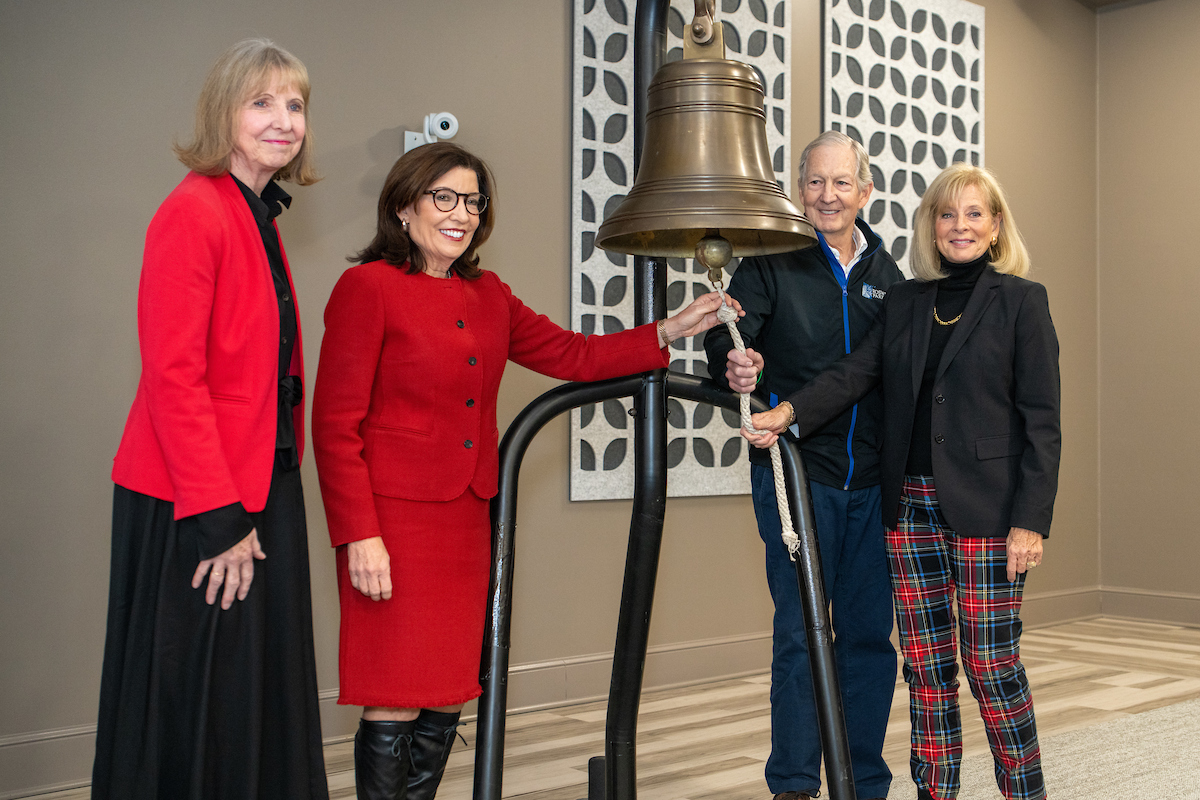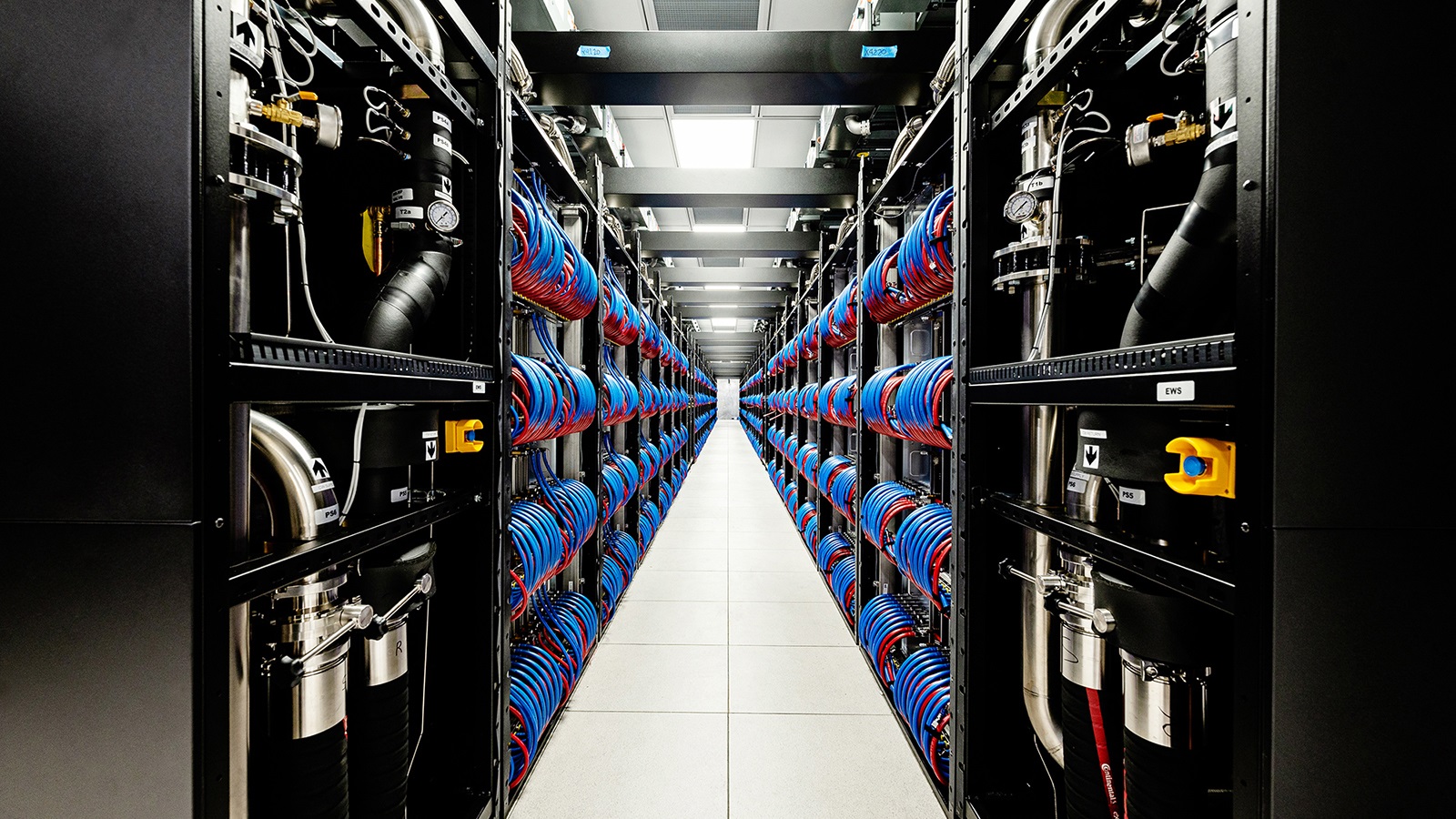These four-year collaborations unite fusion scientists and applied mathematicians into multi-institutional teams. The projects, cosponsored by the DOE’s Advanced Scientific Computing Research (ASCR) program, aim to solve complex fusion problems through high-performance supercomputing. Collaborators will model state-of-the-art solutions on today’s top computers, including new exascale computers that can process data a thousand times faster than current machines.
“This collaborative effort will advance our understanding of fusion as an energy source while utilizing the most powerful supercomputers in the world,” said Jean Paul Allain, who heads the DOE’s Fusion Energy Sciences Department. The partnerships will also guide the design of fusion pilot plants, he said.
Fusion combines light elements in the form of plasma — the hot, charged state of matter composed of free electrons and atomic nuclei, or ions, that makes up 99% of the visible universe — to release vast amounts of energy. The three PPPL-led collaborations bring together national laboratories, universities and private companies to advance fusion development. Two of the projects focus on doughnut-shaped tokamaks while the third involves twisted stellarator devices:
Integrate superhot plasma core with cool edge in tokamak facilities
The goal of this project, led by Felix Parra Diaz, head of the PPPL Theory Department, is to use advanced computation to study ways to reconcile conflicting tokamak requirements. These arise because fusion plasma must be tens of million degrees Centigrade at its core and cool enough at its edge to avoid damaging tokamak walls.
The methods to be studied include altering the shape of the magnetic field that confines the plasma; injecting impurities into the plasma to affect its confinement and coating the walls of the tokamak with lithium to protect them from sudden bursts of heat. Parra Diaz said the findings and the advanced computer codes developed to produce them will enable the design of far larger, hotter and more powerful future tokamaks.
Design a tokamak free of instabilities at the edge of the plasma
This collaboration, led by principal research physicist Fatima Ebrahimi of PPPL, will develop computer simulations for tokamak plasmas free of instabilities called edge localized modes (ELMs). These frequent occurrences can produce detrimental heat loss and damage tokamak walls.
The project will model the complete basis for ELMs-free regimes, Ebrahimi said. The resulting state-of-the-art, high-fidelity simulations using advanced computer architecture will create predictive capabilities for stabilizing the edge of magnetically shaped plasmas. Collaborators will put together a hybrid database by combining these simulations with existing experimental data on various worldwide tokamaks and will use the machine learning form of artificial intelligence to project the findings to the design of a tokamak pilot plant..
Explore stellarator power plants with high-fidelity simulations
This project, led by Michael Churchill, head of digital engineering at PPPL, will create a high-fidelity digital prototype of a stellarator facility. The research will seek to verify a stellarator design under a variety of physics and engineering assumptions. Collaborators will use a hierarchy of current codes and incorporate high-fidelity simulation into the design optimization process.
The project will create a framework that public and private entities can use for stellarator design. The framework will combine state-of-the-art codes, artificial intelligence, advanced optimization techniques, and software developed under the DOE’s Exascale Computing Project. The overall goal, Churchill said, is to leverage more computing power into the design process to advance concepts for a stellarator pilot plant.



